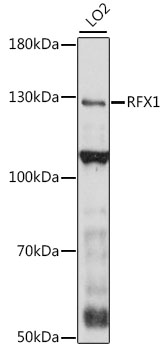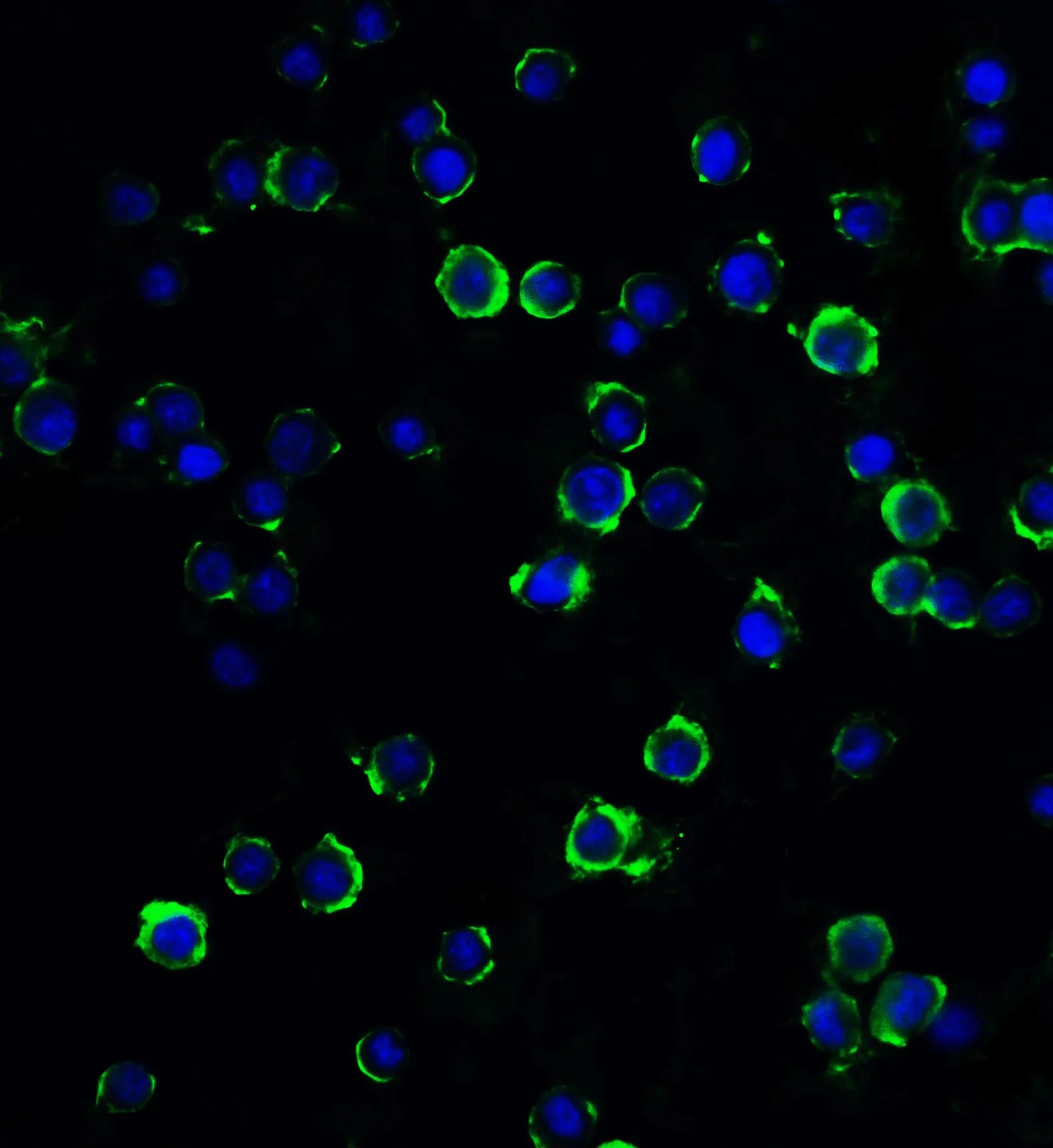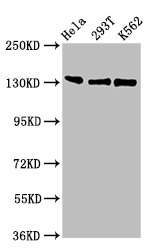RFX1 antibody
GTX108664
ApplicationsWestern Blot
Product group Antibodies
ReactivityHuman
TargetRFX1
Overview
- SupplierGeneTex
- Product NameRFX1 antibody
- Delivery Days Customer9
- Application Supplier NoteWB: 1:500-1:3000. *Optimal dilutions/concentrations should be determined by the researcher.Not tested in other applications.
- ApplicationsWestern Blot
- CertificationResearch Use Only
- ClonalityPolyclonal
- Concentration1 mg/ml
- ConjugateUnconjugated
- Gene ID5989
- Target nameRFX1
- Target descriptionregulatory factor X1
- Target synonymsEFC, RFX, MHC class II regulatory factor RFX1, MHC class II regulatory factor RFX, enhancer factor C, regulatory factor X, 1 (influences HLA class II expression), trans-acting regulatory factor 1, transcription factor RFX1
- HostRabbit
- IsotypeIgG
- Protein IDP22670
- Protein NameMHC class II regulatory factor RFX1
- Scientific DescriptionThis gene is a member of the regulatory factor X gene family, which encodes transcription factors that contain a highly-conserved winged helix DNA binding domain. The protein encoded by this gene is structurally related to regulatory factors X2, X3, X4, and X5. It is a transcriptional activator that can bind DNA as a monomer or as a heterodimer with RFX family members X2, X3, and X5, but not with X4. This protein binds to the X-boxes of MHC class II genes and is essential for their expression. Also, it can bind to an inverted repeat that is required for expression of hepatitis B virus genes. [provided by RefSeq]
- ReactivityHuman
- Storage Instruction-20°C or -80°C,2°C to 8°C
- UNSPSC12352203
References
- Jia S, Yang S, Du P, et al. Regulatory Factor X1 Downregulation Contributes to Monocyte Chemoattractant Protein-1 Overexpression in CD14+ Monocytes via Epigenetic Mechanisms in Coronary Heart Disease. Front Genet. 2019,10:1098. doi: 10.3389/fgene.2019.01098Read this paper






